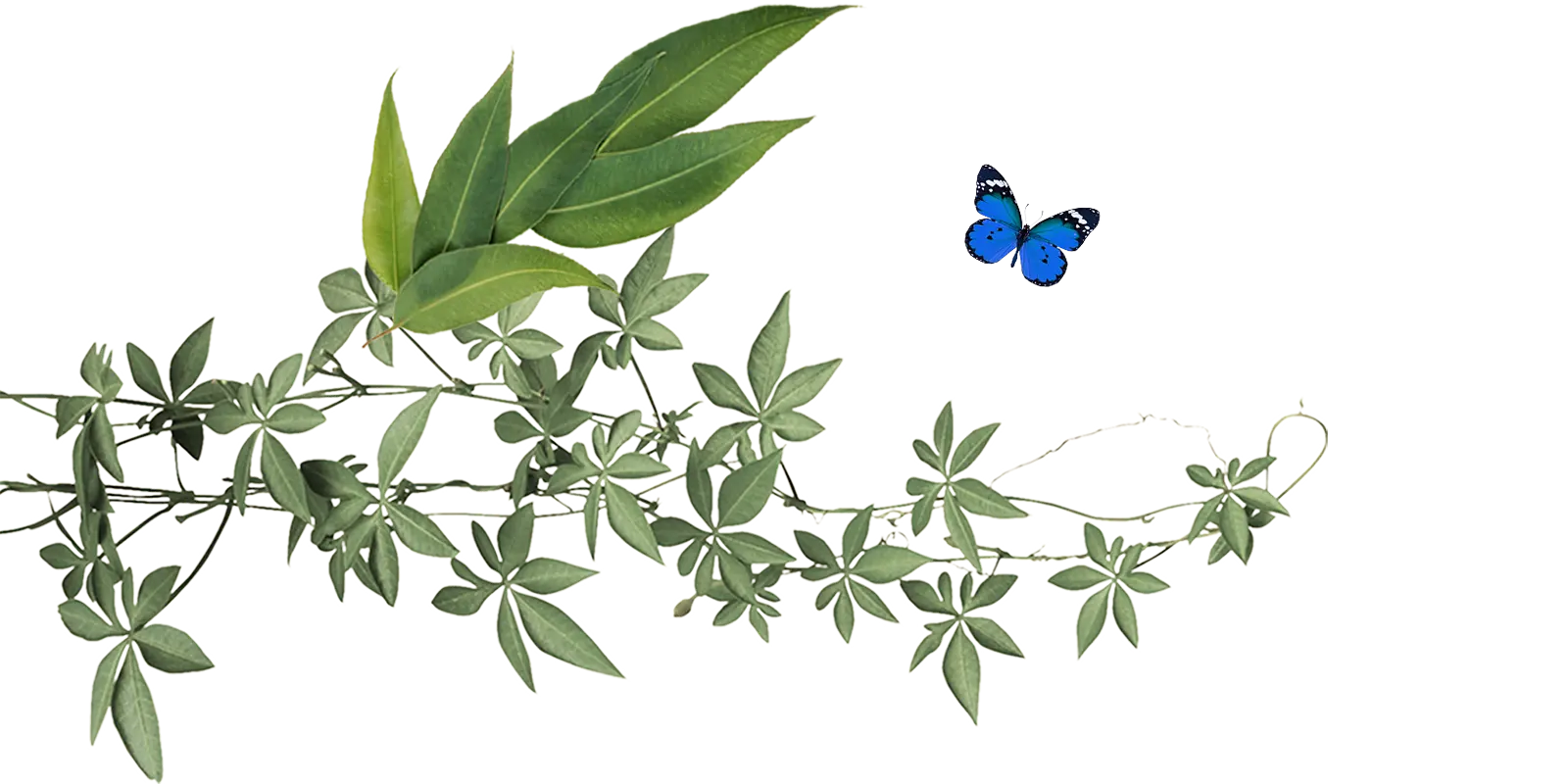
Agghhh, bloody August....
Always the hardest month of the year in the mid-north coast. Grasses are lignified, meaning they are just dried off and empty of nutrients. They provide some roughage but that’s all. The days are still short and although the heat has arrived, we are well below average rolling rain fall so spring grass hasn’t come through. We have used up our budgeted winter feed which provided protein. Now we are feeding out molasses which we had bought at a bargain price some years ago to hold for a winter feed gap. We add a small amount of Urea to this to activate the stomach microbes which become the vital missing protein. We also bought in a bit of silage. Next year we will grow and feed out our own.

Lignified grass and feeding molasses
The cattle are not all doing well. But the ones that do well on less are ones we will keep and continue to breed from. Instead of propping up the less resilient with expensive inputs, we slowly build a more robust herd from the ones most suited to our environment and extreme climate fluctuations. With that in mind, we are helping the herds resilience by introducing genetics from more suitable climatic regions. South Africa lies on the same latitude. It’s cattle do better on less well performing grasses and extreme weather events. And with their smooth, shiny coats, they are more resistant to the buffalo flies and tics. We have introduced the smooth coated Senepol breed and recently purchased a couple of Mashona bulls. Our philosophy is to breed the right animal for our environment rather than change/control the environment using chemical fertilisers, insecticides, herbicides, irrigate and plant exotic or perennial grasses which equals money and work and, in the longer run, ecological damage.
We may take a hit in a market that demands heavy-boned cattle that do well in feed lots and deliver predictable growth and uniform retail supplies but, in the end, our environmental and livestock health will benefit.
Long term we are betting that the meat market will diversify to include values of human and environmental health over uniformity and predictability.
To slash or not to slash? That is the question. Apart from making smaller paddocks better suited to moving cattle forward with timed grazing, one of the things that distinguishes a regen farm is the wild and untidy fields of trampled grasses. Not only does this save on expensive and CO2 pumping fossil fuels, it provides habitat for insects, essential mulch for keeping soils moist and cool, and encourages extensive root growth. The downside is that it forms numerous clumps of lignified grass which is less palatable than the rest of the pasture so the herd tends to overgraze the sweeter grass in between.
Mick and I disagree on when and if to slash. He says clumps will disappear when the grass gets cranking in summer. It’s true but meanwhile if we want cattle to graze all the pasture evenly before moving on, we need to make the lignified grass palatable again with a good haircut. It’s fun to debate all these choices. No doubt we will try both and and very likely Mick will say again, “I told you so.”

Mick on the farm
Sadly, I’m on the final leg of my Q&A tour with the Rachel’s Farm doco. I must have hit over 30 pit stops, mostly in NSW. Several in Vic. A few in the Sunshine Coast and now in WA.
I’ve been very lucky to be joined by many wonderful and generous foodies, farmers and educators on the panels and I’ve loved hearing from every one of them. You realise that between them and the audiences that come, we are a broad cohort all with the same desire to see our farming landscapes return to health, and our food chain repaired.

Stuart and his family at film Q&A
Mostly, we are all just getting on with our roles in this space so the best part has been the chance to come together and inspire and encourage each other. I've loved engaging with audiences through the Q&A sessions and so many of the panellists are doing amazing things and speaking with great knowledge. Networking with other farmers is great for best-practice tips. One of several I took home with me was the discovery of a liquid humus from a company called Carbonrich. The story by its founder John Barton wove its magic on me and I’ve ordered.
I was particularly impressed by some of the young farmers on the panel. Like Amber and Stuart McWilliam (BlackBirdandBeast Farms) from Integrity Meats who had not inherited a farm, nor could afford to buy one, but started with a small herd and some chickens on a piece of adjisted property and built it into a sustainable business and lifestyle on the land. Or the foodies like Eilish Maloney from The What If Society who has recognised and capitalised on the fact that good providence is a growing virtue not only for personal health and taste but to satisfy customers who prioritise food grown on local, best practice farms.
There is so much hope out there for better things to come.
All my best,
Rachel Ward


